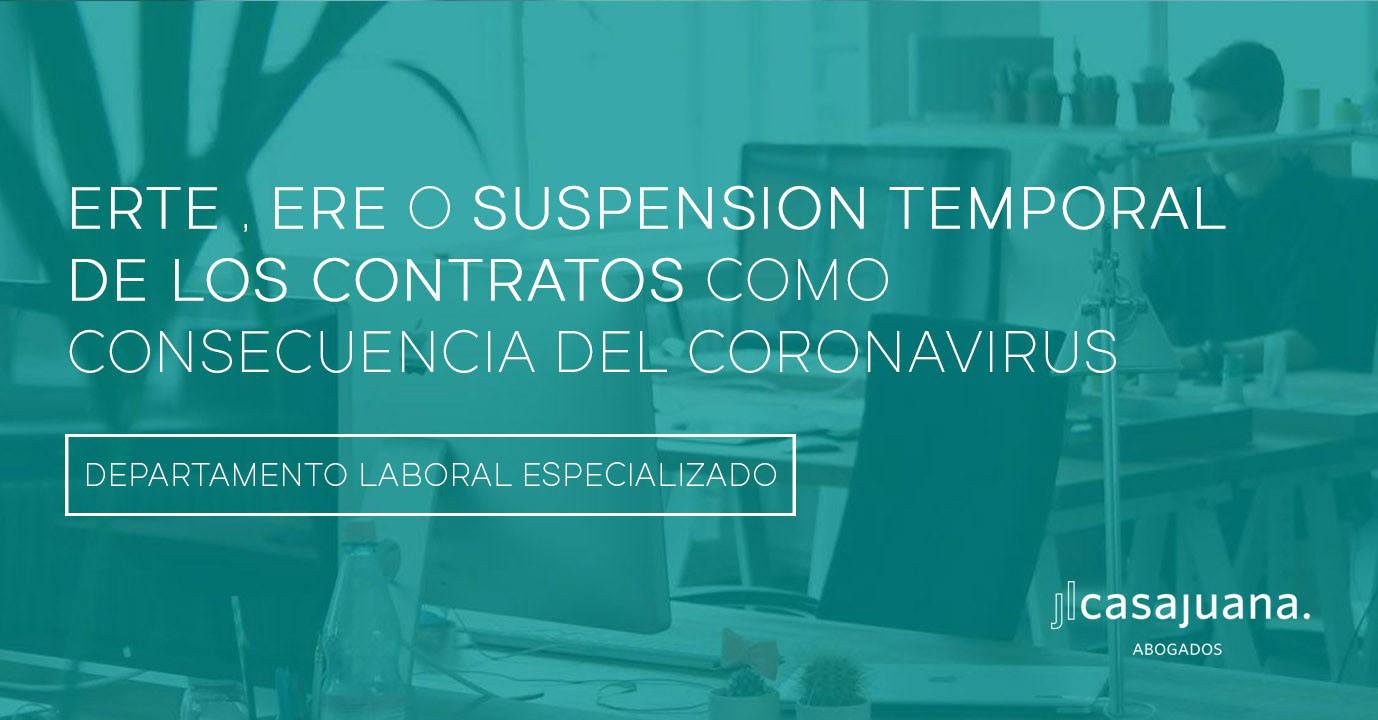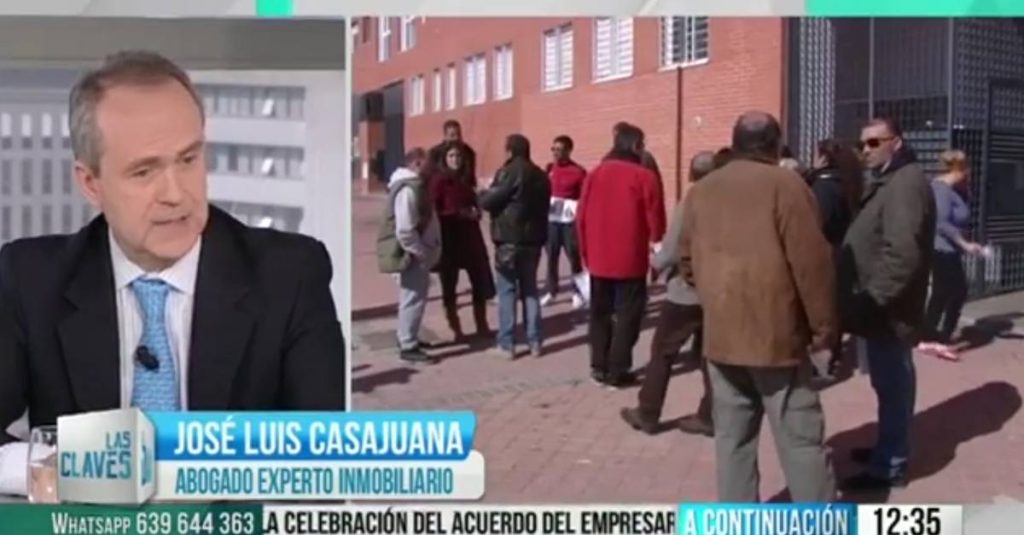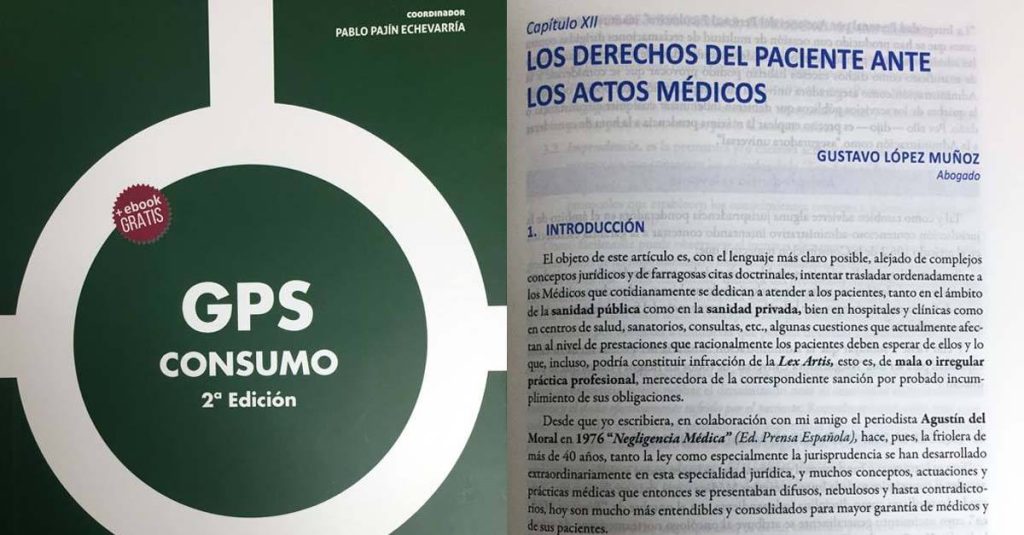Dismissal at the end of the state of alarm

What can be done in companies “the day after” the state of alarm ends
These days many inquiries are received by our lawyers from the Department of Labor Law on what can be done in companies “the day after” the state of alarm ends, given the more than foreseeable persistence of the crisis, absence of orders, fear of potential customers to return to our businesses, etc.
In principle, a “tripartite” negotiating table had been set up (Government, Employers and Unions) to try to design a set of rules that would help companies and workers to weather the storm to try to mitigate the big crash that is coming, even considering a total repeal of the labor reform of 2012.
Without now going into the timing of the news and its reality, it is evident that it introduces an element of even more uncertainty, if the one that existed was not enough.
Given this situation, and with how risky it is at this time to venture a consolidated legal framework, we will limit ourselves to enunciating the measures that we are indicating to our clients, without prejudice to logic adaptation of the same to the specific situation of size; industry.
In all cases we assume that the company is currently in an ERTE, perhaps now irrelevant if this is due to Force Majeure or the so-called ETOP (although the specific situation will have to be analyzed later).

What measures can be implemented?
Modify working conditions.
Among them, action could be taken on the salary item, but it would not be the only measure that can be counted on to improve the situation of the Company. This, in addition, could be combined, or done independently, “disengaging” from the collective agreement that was applicable.
Temporary contracts.
While it is true that the rules issued during the state of Alarm called for the suspension of the calculation of temporary contracts (easier in structural ones, more debatable in eventual ones) it What could be contemplated is the termination of these contracts if the circumstances provided for in the cause that justified them occur.
“Partial” force majeure ertes.
It is a very recent novelty, the product of social dialogue. The situation would arise if the company decides to progressively incorporate the workers affected by the temporary regulation “to the extent necessary for the development of its activity”. The objective, according to the text of the royal decree-law, is “to facilitate the transition towards reductions in working hours, which suppose a lower economic impact on the working person”. In addition, it allows “gradually meeting the supply and demand of companies’ products and services, to the extent that the activity and personnel structure allow it.”
However, this is a measure that must be carefully thought out because of the consequences it may have in terms of the six-month ban on layoffs , after the resumption, even partial, of the activity.
This type of file is reflected in the social contributions that companies can benefit from, which will depend on their size and the type of ERTE to which they are covered.
We would inform you of the procedure to be followed, both before the Labor Authority and before the State Employment Service (SEPE).
Layoff of workers.
It is the most complex measure, since it is conditioned to “a risk situation” of declaring bankruptcy (Read: Who, when and how is bankruptcy requested?), but it is not knows exactly what this is, so we will have to analyze each specific case to advise on the feasibility of the measure. For this we must have the advice of the firm’s experts in bankruptcy matters, who know the assumptions that the Bankruptcy Law provides for presuming the situation of insolvency (even if temporary)
It is important to clarify that the current decree-law speaks of a situation of risk of declaring bankruptcy, which means, without a doubt, that these dismissals will be allowed to avoid, precisely, entering bankruptcy.
And here, probably, depending on the number of workers affected in relation to the workforce of the workplace or company, it will be where it becomes necessary to formalize an ERE , which also has a very specific regulation, currently derived solely from the labor reform of 2012, with the interpretation that the courts have made of it in these eight years of validity, and whose observance is essential be advised in all its procedures to avoid that the dismissals can be classified as unfair or null, with the serious effects that this would have.
It may interest you:”Iguala service in Labor Law”
[/fusion_text][fusion_separator style_type=”none” hide_on_mobile=”small-visibility,medium-visibility,large-visibility” class=”” id=”” sep_color=”rgba(224,222,222,0)” top_margin=”20px” bottom_margin=”10px” border_size=”0″ icon=”” icon_circle=”” icon_circle_color=”” width=”” alignment=”center” /][fusion_text columns=”” column_min_width=”” column_spacing=”” rule_style=”default” rule_size=”” rule_color=”” hide_on_mobile=”small-visibility,medium-visibility,large-visibility” class=”” id=””]
Departamento Derecho Laboral J. L. Casajuana Abogados
22/05/2020



















